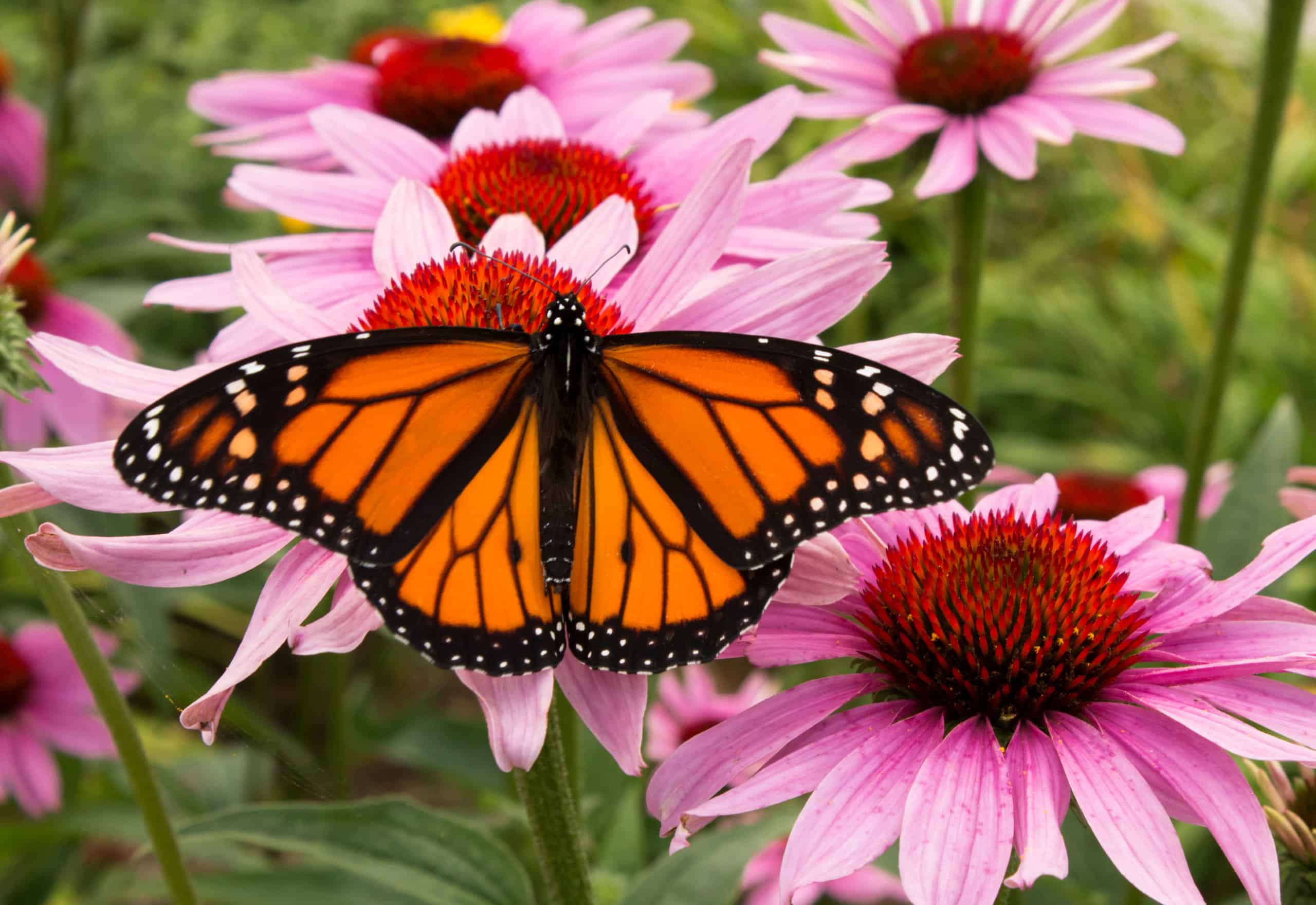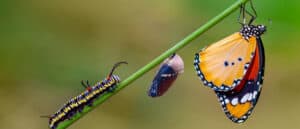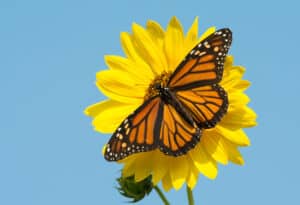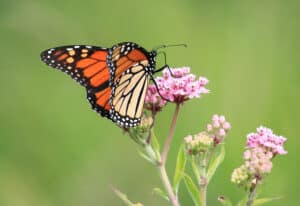There’s no denying that the monarch butterfly is a symbol of strength and resilience. These small insects make a 3000-mile migration each year to overwinter in Mexico, facing countless perils on their journey. Despite their small and delicate bodies, they travel 1000 miles back in spring to mate and lay their eggs. These beloved orange butterflies were once a very common sight, but in recent years, their numbers have seemed to decline. Over the past decade, several factors have affected the populations of the monarch butterfly. Some of these include the lack of food sources for monarch caterpillars, logging, herbicide use, and climate change. Today, we’ll discuss the status of the monarch butterfly and dive into its incredible story.
History of the Monarch Butterfly
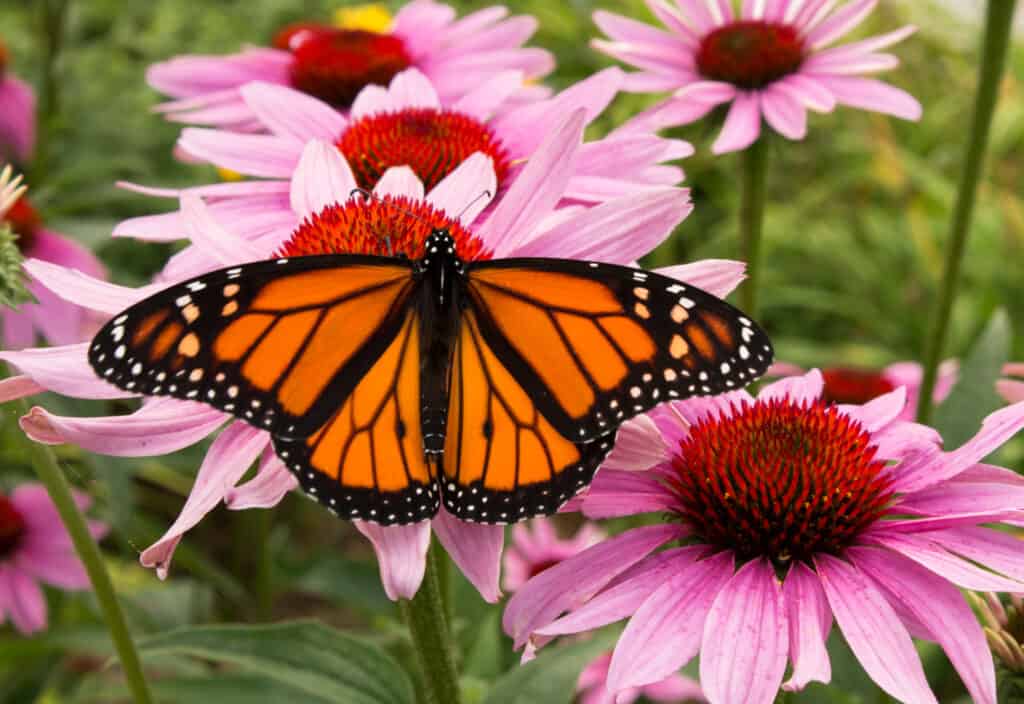
Most monarch butterflies will have a lifespan that lasts roughly two to six weeks, but the last generation of the year can live up to nine months old.
©Media Marketing/Shutterstock.com
When you picture a butterfly in your head, chances are that you’re visualizing one that looks similar to a monarch. First described by Carl Linnaeus in 1758, the monarch butterfly has been a popular sight all across the United States. Although they are native to North America, they have managed to spread across the globe and enchant an even larger audience. However, it wasn’t until the 1970s that the monarch butterfly’s overwinter migration in Mexico was first discovered by Fred Urquhart. These little creatures were thrust into the spotlight following this revelation, and this story was covered extensively. Since then, monarch butterflies have been incredibly popular in common media.
Back in the summer of 2022, monarch butterflies were first classified as endangered on the International Union for Conservation of Nature (IUCN) Red List. This was a pivotal moment for the species. The news of their classification drew attention to the dire situation these butterflies were in. The linear model used to justify this decision stated that the population of the monarch butterfly had declined nearly 80% over the last decade. This was enough to meet the minimum criteria for the monarch to be considered an endangered species. Following this announcement, public outcry was palpable. Experts reported that the two leading causes for the decline were climate change and the lack of milkweeds for their caterpillars to feed on. Monarch butterflies are picky eaters, and herbicide use had greatly affected the availability of their food sources.
Current Status of the Monarch Butterfly
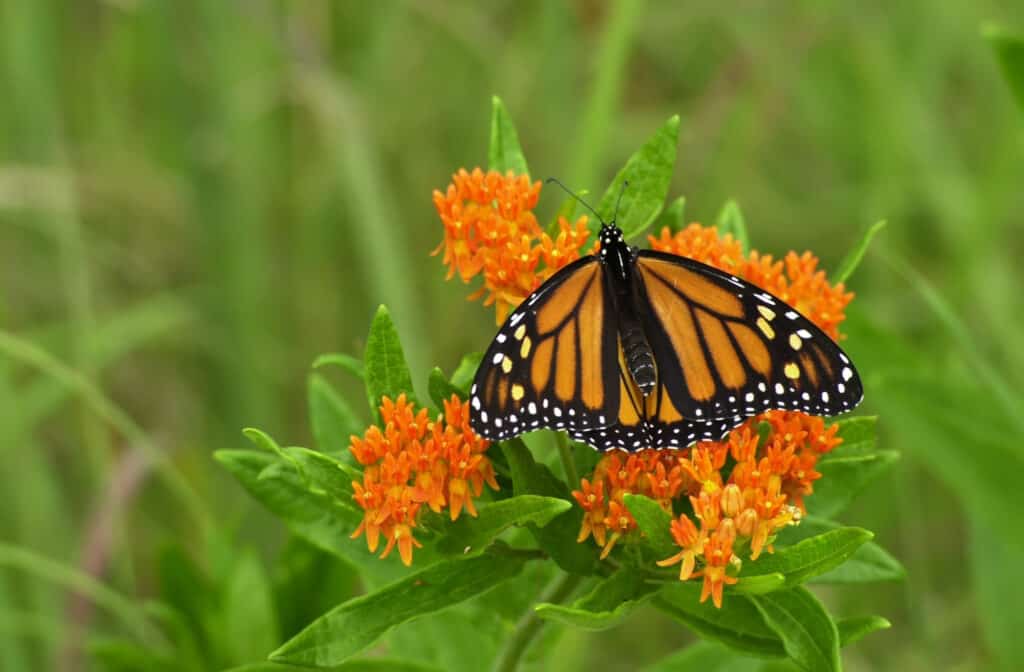
Monarch caterpillars grow to be roughly 2,000 times larger than they were at birth before starting the process of metamorphosis.
©iStock.com/mzurawski
Since monarch butterflies were first classified as endangered, a lot of positive change has happened. Activists started a movement to plant more milkweed to help the monarch butterfly’s numbers recover, and many participated. In addition, impassioned individuals spread awareness regarding the use of garden chemicals and their impact on the welfare of insects. As of September 2023, the International Union for Conservation of Nature has announced that the monarch butterfly is no longer considered an endangered species. Instead, it’s been reclassified as “vulnerable.” Although it may seem like conservation efforts had an effect on the monarch butterfly’s status, the truth is less exciting.
The original model used to determine the monarch’s classification on the IUCN Red List was discarded in favor of a more complex exponential model. This new study is titled “Evidence for a Growing Population of Eastern Migratory Monarch Butterflies Is Currently Insufficient” by Thodmartin et al. In this paper, the team of researchers reported that the monarch butterfly population hit a critical point in 2014. Following this point, the speed of decline in the number of monarch butterflies began to slow. As time wore on, the slowing led to a steady stabilization in their numbers. Currently, experts estimate the monarch butterfly population to be around roughly 21 million.
Projections for the Future
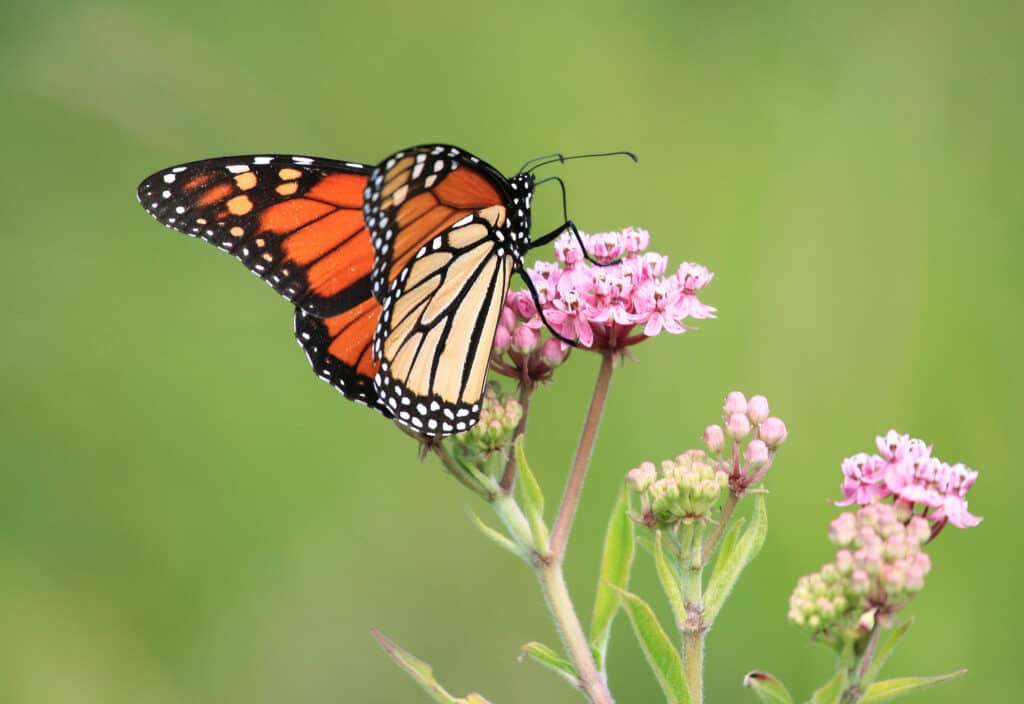
Monarch butterflies are poisonous to predators. This is due to the toxins contained in milkweed, which is the main plant they consume.
©David Byron Keener/Shutterstock.com
For some, the new classification of the monarch butterfly is cause for celebration. For others, the sentiment is not as positive. The change in classification was inspired by the adoption of a newer scientific model and not the result of a legitimate surge in the monarch’s population. Due to this, some individuals argue that the original classification should be honored. Their fear is that concerns will begin to lessen and conservation efforts may slow, which is not unfounded. Now that monarch butterflies are not considered endangered any longer, it is likely that media coverage will slow due to a lack of urgency. Despite this, the outlook for the monarch remains positive, and they appear to be in a much better position than they were roughly a decade ago.
Thank you for reading! Have some feedback for us? Contact the AZ Animals editorial team.

